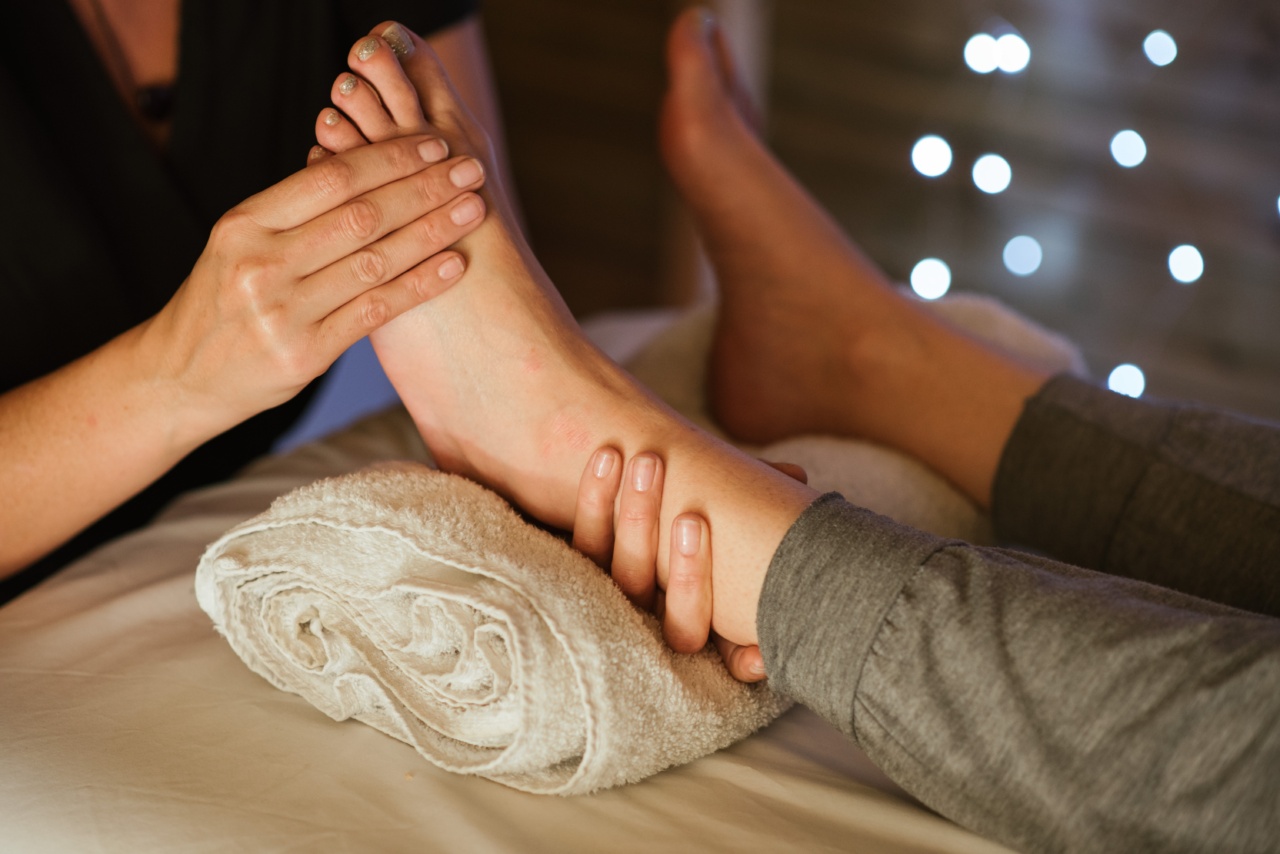Sciatica is a common condition that affects millions of people worldwide. It is characterized by pain that originates in the lower back and radiates down through the buttock and into the leg.
This pain can be debilitating, making it difficult to perform everyday activities. Fortunately, there are various treatment and relief options available to manage sciatica and alleviate its symptoms. In this article, we will explore some of these options and discuss how they can help individuals with sciatica.
Understanding Sciatica
Sciatica commonly occurs when the sciatic nerve, the largest nerve in the body, becomes compressed or irritated.
This compression or irritation can be due to a herniated disc, bone spurs, spinal stenosis (narrowing of the spinal canal), or even muscle imbalances. The most common symptom of sciatica is radiating pain, but other symptoms may include numbness, tingling, or weakness in the affected leg or foot.
Medical Treatments for Sciatica
When it comes to treating sciatica, medical interventions are often the first line of defense. These treatments may include:.
1. Pain Medications: Over-the-counter nonsteroidal anti-inflammatory drugs (NSAIDs) such as ibuprofen can provide temporary relief from sciatica pain.
If the pain persists, a doctor may prescribe stronger pain medications or muscle relaxants to manage the symptoms.
2. Physical Therapy: Physical therapy is a key treatment for sciatica. A physical therapist can design a customized exercise program to strengthen the core muscles, improve flexibility, and correct posture.
They may also incorporate techniques like heat or ice therapy, ultrasound, or electrical stimulation to relieve pain and promote healing.
3. Epidural Steroid Injections: If conservative treatments do not provide significant relief, a doctor may recommend an epidural steroid injection.
This involves injecting a corticosteroid medication into the affected area to reduce inflammation and alleviate pain. Although these injections can provide temporary relief, they are typically used as a complementary treatment alongside other therapies.
4. Surgery: In severe cases where the pain and symptoms are not responding to other treatments, surgery may be considered as a last resort.
Surgical options for sciatica may involve removing a herniated or degenerated disc, widening the spinal canal, or relieving pressure on the affected nerve.
Alternative and Holistic Approaches
While medical treatments play an important role in managing sciatica, alternative and holistic approaches can also provide relief and complement traditional therapies. Some of these approaches include:.
1. Chiropractic Care: Chiropractors specialize in the diagnosis and treatment of musculoskeletal conditions, including sciatica.
They use spinal adjustments, manipulations, and other techniques to relieve pressure on the sciatic nerve and reduce pain. Chiropractic care can also help improve spinal alignment and overall posture, which may contribute to sciatica prevention.
2. Acupuncture: Acupuncture is an ancient Chinese practice that involves inserting thin needles into specific points of the body to promote healing and alleviate pain.
It is believed to work by stimulating the release of endorphins, which are natural pain-relieving chemicals in the body. Acupuncture sessions can be beneficial in reducing sciatic pain and improving overall well-being.
3. Yoga and Stretching: Engaging in regular yoga or stretching exercises can help relieve sciatica symptoms.
Specific poses and stretches target the muscles and structures surrounding the sciatic nerve, helping to alleviate compression and reduce pain. Yoga and stretching also improve flexibility and promote relaxation, which can aid in managing sciatica in the long run.
4. Herbal Remedies: Certain herbal remedies, such as turmeric, ginger, and devil’s claw, have anti-inflammatory properties that may help reduce sciatic pain.
However, it is important to consult with a healthcare professional before trying any herbal supplements to ensure they won’t interfere with other medications or pre-existing health conditions.
Lifestyle Modifications
In addition to conventional and alternative treatments, making certain lifestyle modifications can significantly contribute to managing sciatica. Consider the following:.
1. Maintaining Good Posture: Maintaining proper posture while sitting, standing, and lifting can help alleviate pressure on the spine and reduce the risk of developing sciatica or worsening existing symptoms.
2. Using Ergonomic Furniture: Using ergonomic furniture, such as an adjustable chair or a lumbar-supportive cushion, can help support the natural curvature of the spine and relieve pressure on the lower back.
3. Regular Exercise: Engaging in low-impact exercises like walking, swimming, or cycling can help improve overall fitness, strengthen the back muscles, and promote good spinal health.
However, it is essential to avoid activities that worsen the pain or put excessive strain on the lower back.
4. Weight Management: Maintaining a healthy weight can help reduce the strain on the back and minimize the risk of developing sciatica or exacerbating its symptoms.
When to Seek Professional Help
If sciatica symptoms persist or worsen despite trying various treatment options, it is crucial to seek professional help.
A healthcare provider can reassess the condition, perform diagnostic tests if needed, and explore additional treatment alternatives to provide relief and improve quality of life.
Conclusion
While dealing with sciatica can be challenging, there are multiple treatment and relief options available.
Medical treatments, such as pain medications and physical therapy, can alleviate the symptoms, while alternative approaches like chiropractic care and acupuncture can provide complementary relief. Additionally, lifestyle modifications and regular exercise play a crucial role in managing sciatica and preventing its recurrence.
It is important to consult with healthcare professionals to determine the most suitable treatment plan for individual needs. With proper management and care, individuals with sciatica can find the relief they need to lead a fulfilling and pain-free life.






























